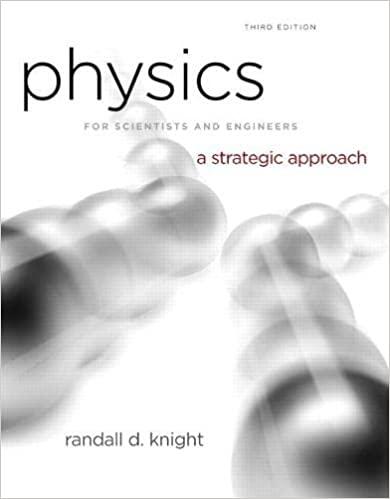Answered step by step
Verified Expert Solution
Question
1 Approved Answer
https://phet.colorado.edu/en/simulations/pendulum-lab https://phet.colorado.edu/en/simulations/masses-and-springs/about You may use these links! 2.1: 2.2: 2.3: 2.4: By drawing a free body diagram for a simple pendulum and breaking the forces
https://phet.colorado.edu/en/simulations/pendulum-lab
https://phet.colorado.edu/en/simulations/masses-and-springs/about
You may use these links!


Step by Step Solution
There are 3 Steps involved in it
Step: 1

Get Instant Access to Expert-Tailored Solutions
See step-by-step solutions with expert insights and AI powered tools for academic success
Step: 2

Step: 3

Ace Your Homework with AI
Get the answers you need in no time with our AI-driven, step-by-step assistance
Get Started


